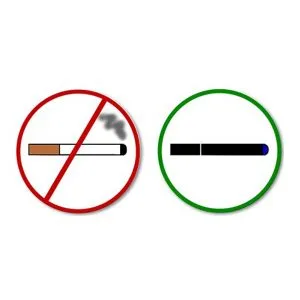E-cigarette & Vaping Studies
Vaping Studies Although the Canadian government has not bothered with its own toxicity studies, several Countries have done thorough research on both the physical results from e-cigarettes, nicotine levels in the body compared with tobacco cigarettes, and secondhand vapor results. Here are a collection of studies on e-smoking. How safe are electronic cigarettes? Health New … Read more







